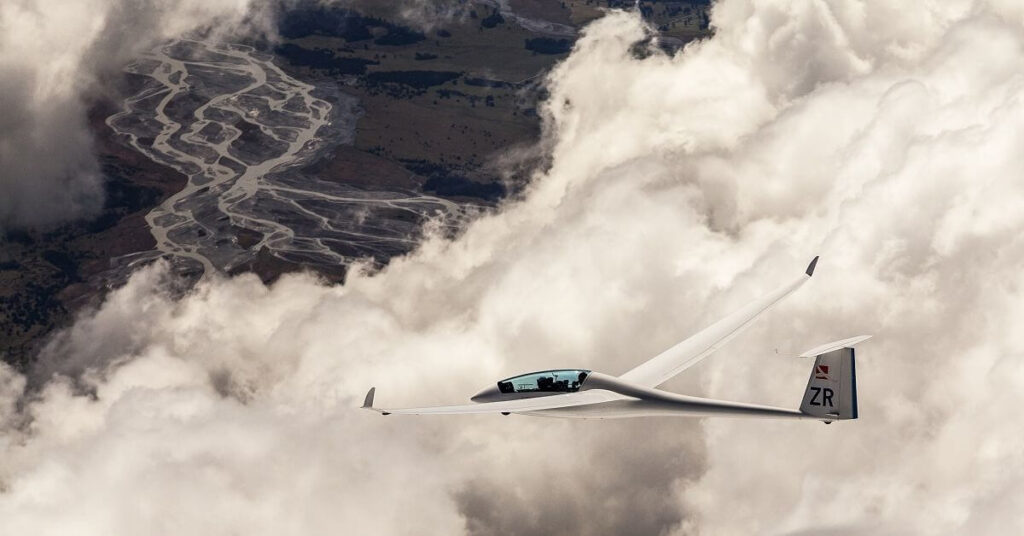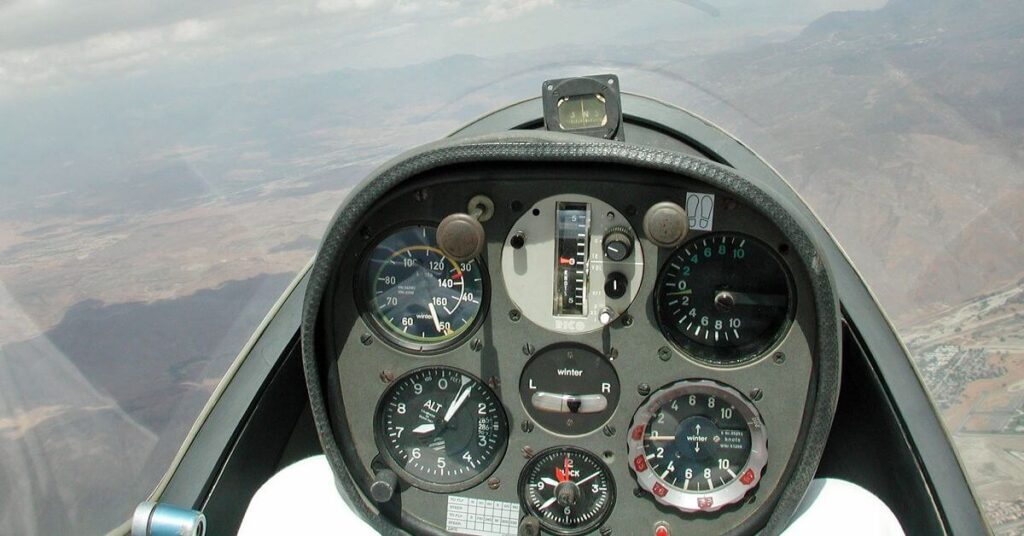A self-launching glider is a type of glider aircraft that is equipped with a small engine. This engine can be used to power the propeller for takeoff and to maintain altitude or make a powered climb after takeoff. Once the glider reaches a sufficient altitude, the engine is shut off and the aircraft glides as a traditional glider.
Self-launching gliders have several advantages over traditional gliders. They can take off under their own power, which eliminates the need for a towplane or winch launch. This allows the pilot to take off from a wider range of locations and to take off at their convenience. Additionally, the engine can be used to maintain altitude or to make a powered climb, which allows the pilot to fly longer distances and to stay aloft longer than they would be able to with a traditional glider alone.
Self-launching gliders are also equipped with a retractable propeller, which can be folded back when the engine is not in use. This allows the glider to fly with a lower drag and with better performance than a traditional glider.
However, self-launching gliders are more complex and more expensive than traditional gliders and require more maintenance. Additionally, motor gliders are a different category of aircraft, which require a different type of pilot license.



